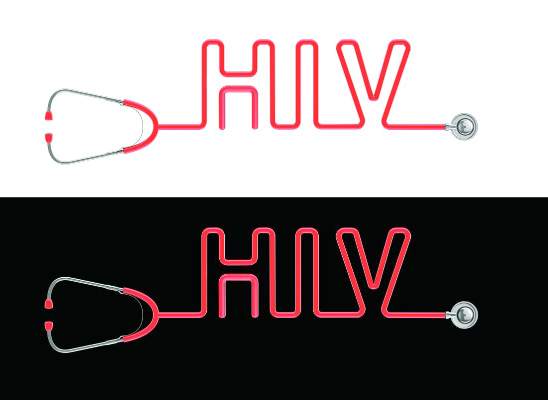FROM THE NEW ENGLAND JOURNAL OF MEDICINE
An enhanced antimicrobial prophylaxis regimen administered to patients with advanced HIV infection who were starting antiretroviral therapy for the first time led to significantly reduced mortality after 24 weeks, compared with patients who received standard antimicrobial prophylaxis, in a randomized, multicenter trial with 1,805 patients.
The enhanced prophylaxis regimen tested “is relatively inexpensive, has a low pill burden and an acceptable side effect profile, and would be easy to implement at primary health centers,” according to James Hakim, MD , and his associates. The report was published July 20 ( N Engl J Med. 2017 July 20;377[3]:233-45 ).
In addition to reduced mortality, enhanced prophylaxis resulted in significant improvements relative to standard prophylaxis in the rates of tuberculosis, cryptococcal infection, oral or esophageal candidiasis, death from unknown cause, and new hospitalizations. Enhanced prophylaxis also led to reductions in the rates of serious adverse events and grade 4 adverse events, compared with standard prophylaxis, although these did not reach statistical significance. The two treatment groups showed no significant difference in rates of severe bacterial infections, reported Dr. Hakim, professor of medicine at the University of Zimbabwe in Harare, and his associates.
The researchers who ran the Reduction of Early Mortality in HIV-Infected Adults and Children Starting Antiretroviral Therapy ( REALITY ) trial enrolled HIV-infected patients who were at least 5 years old who had not previously received antiretroviral therapy and had a CD4+ T cell count of fewer than 100 cells/mm3 at the time of entry. Enrollment occurred during June 2013–April 2015 at eight centers in Kenya, Malawi, Uganda, or Zimbabwe. All patients started treatment with two nucleoside and one non-nucleoside reverse-transcriptase inhibitors.
After randomization, 906 patients entered the subgroup that received enhanced prophylaxis with a single dose of albendazole, 5 days of azithromycin, 12 weeks of fluconazole, and open-ended prophylaxis with trimethoprim-sulfamethoxazole, isoniazid, and pyridoxine (use of isoniazid and pyridoxine beyond 12 weeks depended on national guidelines in each country). Another 899 patients entered the subgroup that received standard antimicrobial prophylaxis with trimethoprim-sulfamethoxazole and isoniazid only.
All-cause mortality at 24 weeks after entry was the primary endpoint. This occurred in about 9% of patients on enhanced prophylaxis and about 12% of those on standard prophylaxis, which calculated to a statistically significant relative risk reduction of 27% with enhanced prophylaxis, and a number needed to treat of 30 patients with enhanced prophylaxis to prevent one additional death. At 48 weeks after entry, the relative risk reduction for all-cause mortality with enhanced prophylaxis was a statistically significant 24% lower with enhanced prophylaxis.
Enhanced prophylaxis also led to significant gains in life years and quality-adjusted life years. Based on actual drug costs, enhanced prophylaxis cost $613 per life year gained and $761 per quality-adjusted life year gained.
The REALITY trial received no commercial support. Dr. Hakim has been an adviser to Mylan and a consultant to Gilead and Johnson & Johnson.
On Twitter @mitchelzoler



